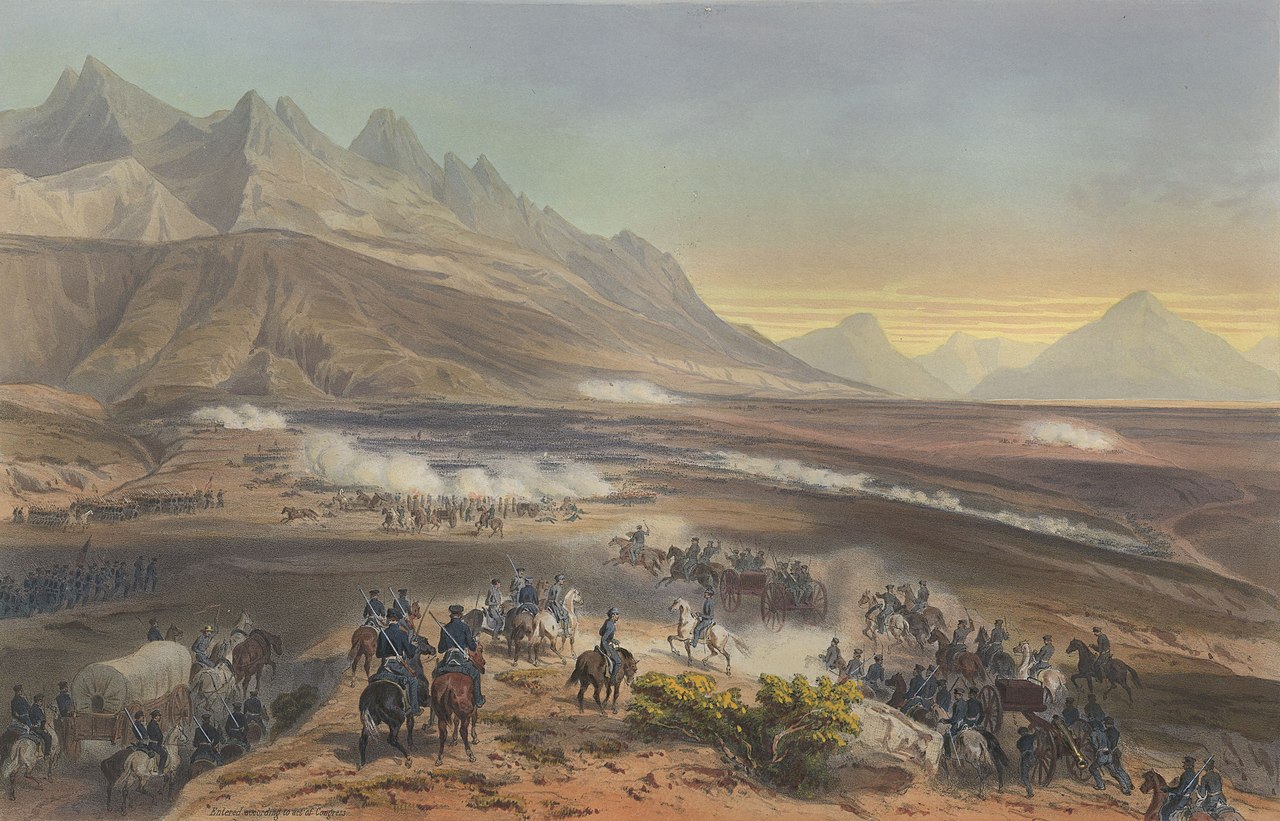David Hsueh on “Gone with the Wind: The Controversial Legacy and Forgotten Memory of Joseph E. Johnston”
Few Confederate officers divide Civil War academia more than General Joseph E. Johnston. A select few consider him a strategic genius and the Confederacy’s most underappreciated general. Most, including many Civil War students in the South, nickname him “Retreatin’ Joe Johnston” or “The Great Retreater”, and blame him for some of the Confederacy’s biggest military failures.
Of course, the legacies and “greatness” of many, if not all, generals of the Confederacy are debated. However, unlike fellow Virginians Generals Lee, Jackson, and Stuart, Johnston had no monument in Richmond’s historic “Monument Avenue” — displaying that his story seems to be almost forgotten from Southern public memory and left out from “Lost Cause” discourse.
Other than Lee, perhaps there has not been a more important figure to Confederate military operations than General Johnston. On paper, his resume seems impeccable, with stints commanding the Army of Northern Virginia and the Army of Tennessee, while also being engaged in the First Manassas, Peninsula, Vicksburg, and Atlanta Campaigns. Even still, despite being the Confederacy’s fourth highest ranking officer by seniority and the highest-ranking officer in the U.S. Army to resign his commission, Johnston’s name remains almost unknown to the general public compared to Lee, Jackson, and Stuart.
The presentation “Gone with the Wind: The Controversial Legacy and Forgotten Memory of Joseph E. Johnston”, details General Johnston’s life and vast military involvements, addresses his controversies and problematic relationships, and seeks to explain why he has seemed to fade from memory. By presenting different viewpoints and perspectives, it is hoped that listeners will be able to better understand Johnston’s personality, behavior, and actions, while being able to form their own opinions of him.
David Hsueh is a second year political science major at West Valley College who is awaiting transfer into a UC for Fall 2024. As an avid history learner since kindergarten, his first introduction to the American Civil War came when he read about President Lincoln. However, his true passion for the Civil War began after his first viewing of the movie Gettysburg, and his subsequent visits to the Gettysburg and Antietam Battlefields at age 11. His favorite book on the Civil War is Adam Goodheart’s 1861: The Civil War Awakening.
His current research lies with the First Manassas/Bull Run Campaign. Reading Joseph E. Johnston: A Civil War Biography by Craig Symonds, and his studies of the campaign, have led him to develop a strong curiosity for General Johnston because of his controversial standing amongst Civil War buffs and historians alike.




